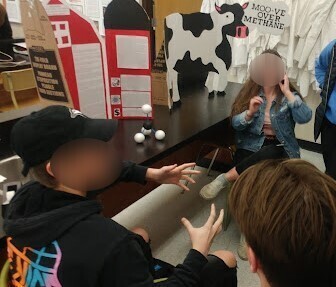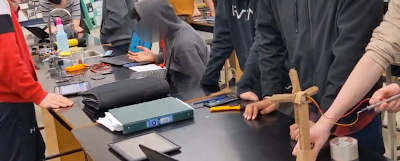Grady’s project focused on sustainable energy, climate science, and experiment design. Students were asked the following driving question: Can we design and test a strategy for improving sustainable practices?

According to Grady, this was a multidisciplinary project addressing sustainability goals, ideally to be done with two other classes. Each group is to have at least one expert in the field of Biology, Physics, and Chemistry.
Challenges included time, materials, and some students having difficulty choosing a topic.
It’s those conversations between the students when they’re asking each other questions about the project, why they chose that, what difficulties they ran into and listening to the kids talking to each other. It was just my favorite part of the whole thing.
Grady Sjokvist

To adapt this project to online settings, flexibility is key to allow for students to use materials they have at home for their experiment. It is also important that teachers can help students download and use apps like VidAnalysis for video analysis and Physics toolbox for a compass and accelerometer. Teaching online also requires extensive use of platforms like Google Classroom, Zoom, Google Forms and Pear Deck.
